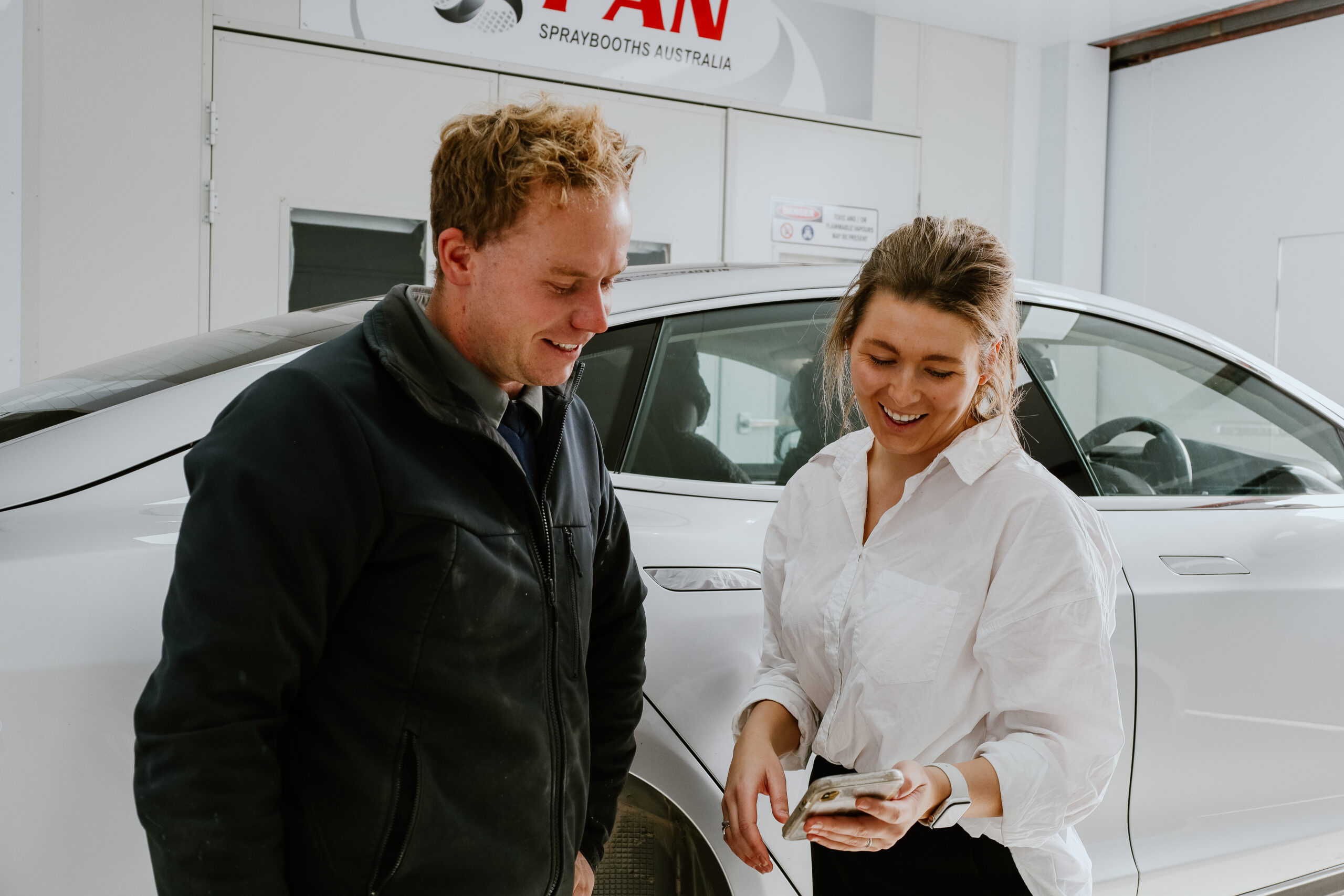A General Guide into claiming motor vehicle expenses in an individual return.
When preparing your tax return have you ever been asked by Roberts + Morrow if you have used your personal vehicle for work purposes and been perplexed by what you can claim and how to do it.
Below is a summary to help ease the confusion, detailing the methods available to achieve the correct motor vehicle claim.
What are the types of motor vehicles?
Car
Per the Australian Taxation Office (ATO) a car is designed to carry:
- A load of less than one tonne, and
- Fewer than 9 passengers
Many four-wheel drives and some Utes are classed as cars.
Other Vehicles
If your vehicle does not fit the definition of a car then they are known as ‘Other Vehicle’. Other vehicles per the ATO can be:
- Motorcycles
- Minivans that carry 9 or more passengers
- Utes or panel vans designed to carry loads of one tonne or more
To be eligible to claim a motor vehicle deduction in your return, you need to be using it for business/work related use and you are only allowed to claim that portion.
There are 2 methods that can be used to determine best result
To claim a motor vehicle deduction in your return, you can either use the cents per kilometre method or the logbook method.
Cents per kilometre method
The maximum kilometres that you can claim is 5,000 kilometres per car. The 2024/25 rate is 88 cents per kilometre.
You do not have to keep a logbook but must be able to show how you worked out the business kilometres (ie calendar or diary records).
If your claim is above 5,000 kilometres, you must use the logbook method.
Logbook method
This method you can claim the business-use percentage of each vehicle, dependant on the logbook. To work out the logbook percentage you will need to keep a logbook for 12 continuous weeks. This business percentage is valid for 5 years.
In recording your logbook you must have:
- When the logbook period begins and ends
- The car’s odometer reading at the start and end of the logbook period
- Details of every trip, including start date, finishing date, odometer reading at the start and end, total kilometres travelled and reason for the trip (business or private)
The ATO have a great electronic logbook that can be used in the ATO’s app myDeductions – scan the QR code below for more information

Types of expenses that can be claimed under the logbook method
The most common expenses for motor vehicles are:
- Fuel and oil
- Electricity (for electric vehicles)
- Repairs and maintenance (ie servicing, tyres etc)
- Interest on a motor vehicle loan
- Lease payments
- Insurance
- Registration (including Greenslip)
- Depreciation of the vehicle
The purchase cost of a vehicle is not a deduction but you can claim the depreciation over the life of the vehicle.
Deductions for Other Vehicles
You cannot claim the cents per kilometre or logbook method for other vehicles. The deductions used for other vehicles are the actual expenses incurred based on invoices. It would be advisable to use a diary to separate personal use from business use.
Records that you need to Keep
The records that you need to keep substantiating your claim are the following:
- loan or lease documents
- details on how you calculated the claim (ie details of kilometres travelled for business and personal use)
- tax invoices (eg fuel, repairs, insurance)
- registration papers of the vehicle.
For more information regarding the cents per kilometre or logbook method please refer to this ATO fact sheet.




